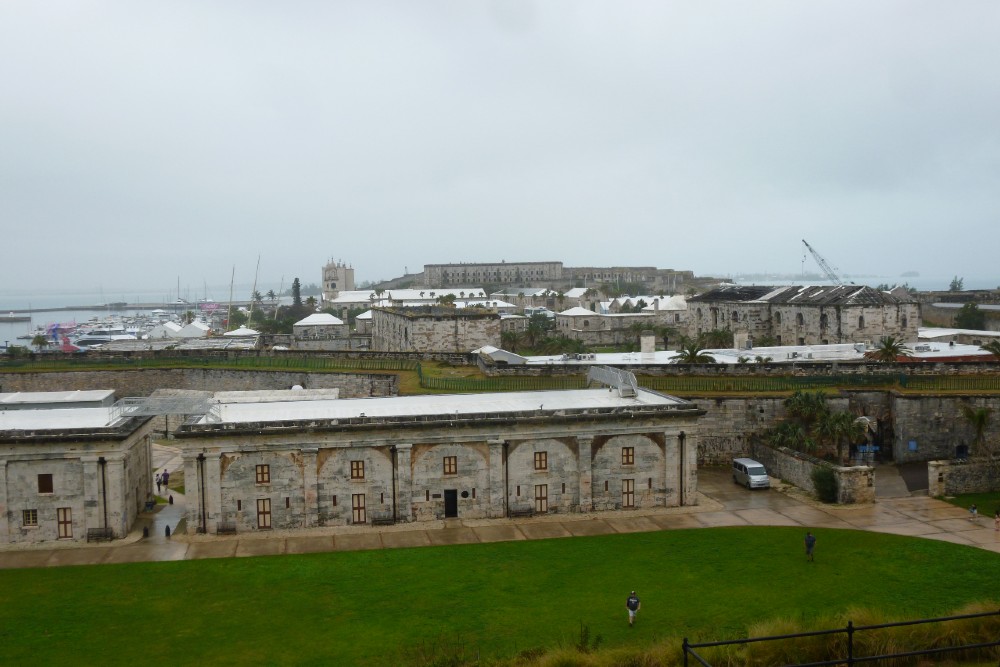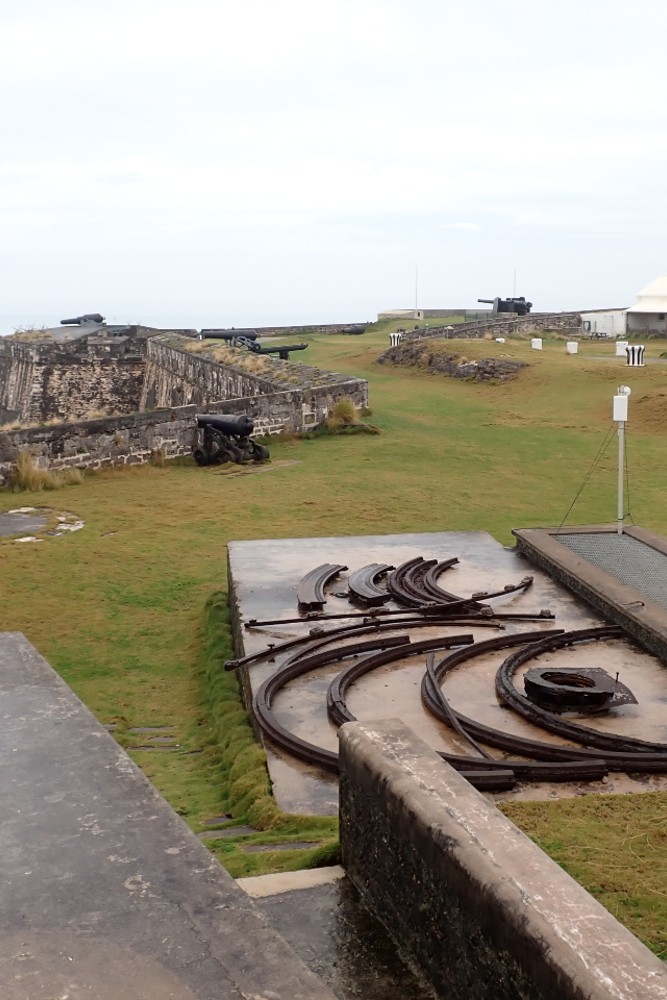Royal Naval Dockyard
The Royal Navy Dockyard was established at Ireland Island, Bermuda after Britain had lost its ports and harbours in America after the American War of Independence. Much of the large development was built with slave or convict labour to counter fears of American and Napoleonic privateer actions.
During the American war of 1812, the British blockade of American ports was controlled from Bermuda and a squadron based in Bermuda was active in the Chesapeake during the war. In August 1814, British Forces , some 5,000 troops, sailed from the Dockyard to carry out the Chesapeake campaign including the raid on Alexandria, the battle of Bladensburg, the Burning of Washington and the Battle of Baltimore. Francis Scott Key was inspired to write the 'Star Spangled Banner', during the bombardment of Baltimore whilst held captive in a ship that had sailed from the Dockyard.
Bermudian built and crewed sloops served the Royal Navy in many capacities including HMS Pickle which carried the news of the victory at Trafalgar to England and the capture of several hundred vessels during the 1812 war.
Bermuda became the headquarters for the North American and West Indies Station.
During the American Civil War, Confederate blockade runners would transfer cargoes
in Bermudian ports, as well as Bahamas and Cuba. Whilst these actions might not have taken place at the Naval Dockyard, the British and authorities turned a blind eye to the blockade runners, the blockading of Bermudian ports by US vessels and the attacks on these ships by Confederate vessels sailing from St George's. There are several wrecks of blockade runners in Bermudian waters. An exhibition of Bermuda and the American Civil war is at St George's.
After the American Civil War the defences of Bermuda and the Naval Dockyard were surveyed and found to be inadequate and much modernisation and re-arming was carried out. It was often referred to as the 'Gibraltar of the West'
During the 2nd Boer War as many as 5000 Boer prisoners were transported to Bermuda and held in prison camps on outlying islands. An exhibition is housed in the an underground magazine at the National Museum of Bermuda.
During the First World War, the dockyard was home to squadrons tracking down German surface raiders and the dockyard facilities carried out many hundreds of repairs. Approx 58 German and Austro-Hungarian prisoners, captured locally, were held on an island under the guns of the Fortress.
During WW2, the dockyard again provided repair facilities and was a marshalling point for ships to be formed into convoys to sail to Britain, designated BHX, which linked up with convoys sailing from Halifax.
Do you have more information about this location? Inform us!
Source
- Text: Sharky Ward
- Photos: Anthony (Sharky) Ward








